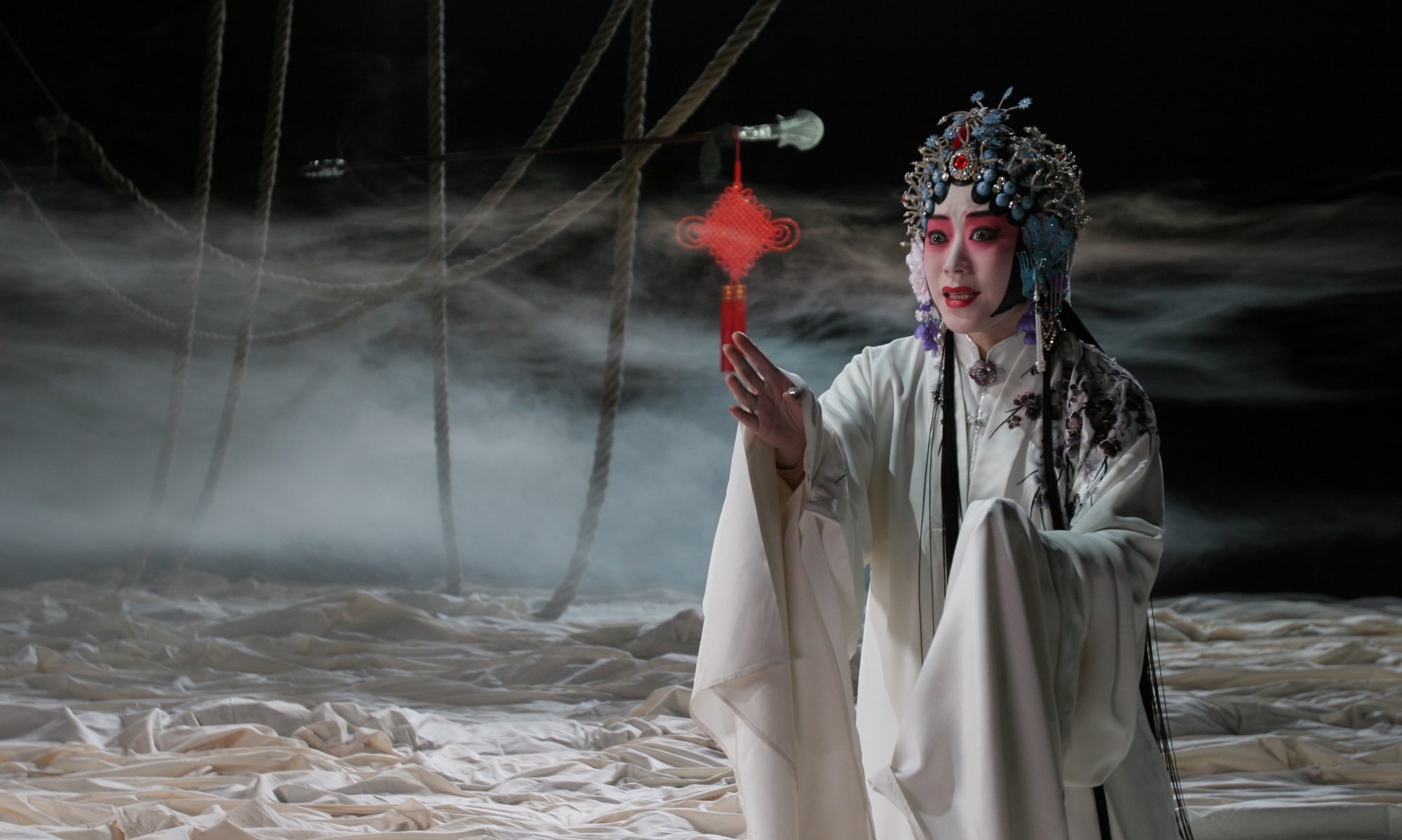This project is the third in a series of international symposia and screenings on Chinese opera film. The current project takes a different approach from previous symposia: to focus on the case of a single director Guo Baochang and the way his innovative work engages with Peking Opera across media, namely film, tv, and the stage. His avant-garde Peking Opera film Dream of the Bridal Chamber 春闺梦 was originally made in 2005 but it fell afoul of the censors, so it was never released. Guo Baochang is also renown for his hit TV drama series Grand Mansion Gate 大宅门, which is partly based on his own family history, and in which Peking opera plays a major role, both diegetically and stylistically. Guo’s passion for and knowledge of Peking opera led him to adapt the TV series into a newly written prize-winning Peking opera production, also entitled Grand Mansion Gate, which premiered in Beijing in 2017.
Faculty from the University of Chicago and Columbia University decided to collaborate on bringing Guo and his works to the US for screenings and symposia, first to Chicago in 2019, and then to New York in 2020. At Chicago, we will screen Dream of the Bridal Chamber, excerpts from the TV series Grand Mansion Gate, and parts of the filmed Peking Opera stage production of Grand Mansion Gate. Our ultimate goal is to publish an edited volume on Guo’s life and work, based on papers from the Chicago and Columbia symposia.
The first symposium on Chinese opera film was held in Chicago in 2009, which concentrated on opera film in the People’s Republic of China from 1949-1980s, resulted in a special double issue of The Opera Quarterly (2010), co-edited with Judith Zeitlin and Paola Iovene. The second symposium, entitled “At the Intersection of Theater, Cinema, and Politics,” and co-organized with Judith Zeitlin and Prof. Fu Jin 傅谨 of the National Academy of Chinese Theatre Arts, was held at the University of Chicago Center in Beijing. There, the scope of the series expanded to include opera film in Taiwan, HK, and Southeast Asia, and participants included theater and cinema practitioners as well as scholars.
